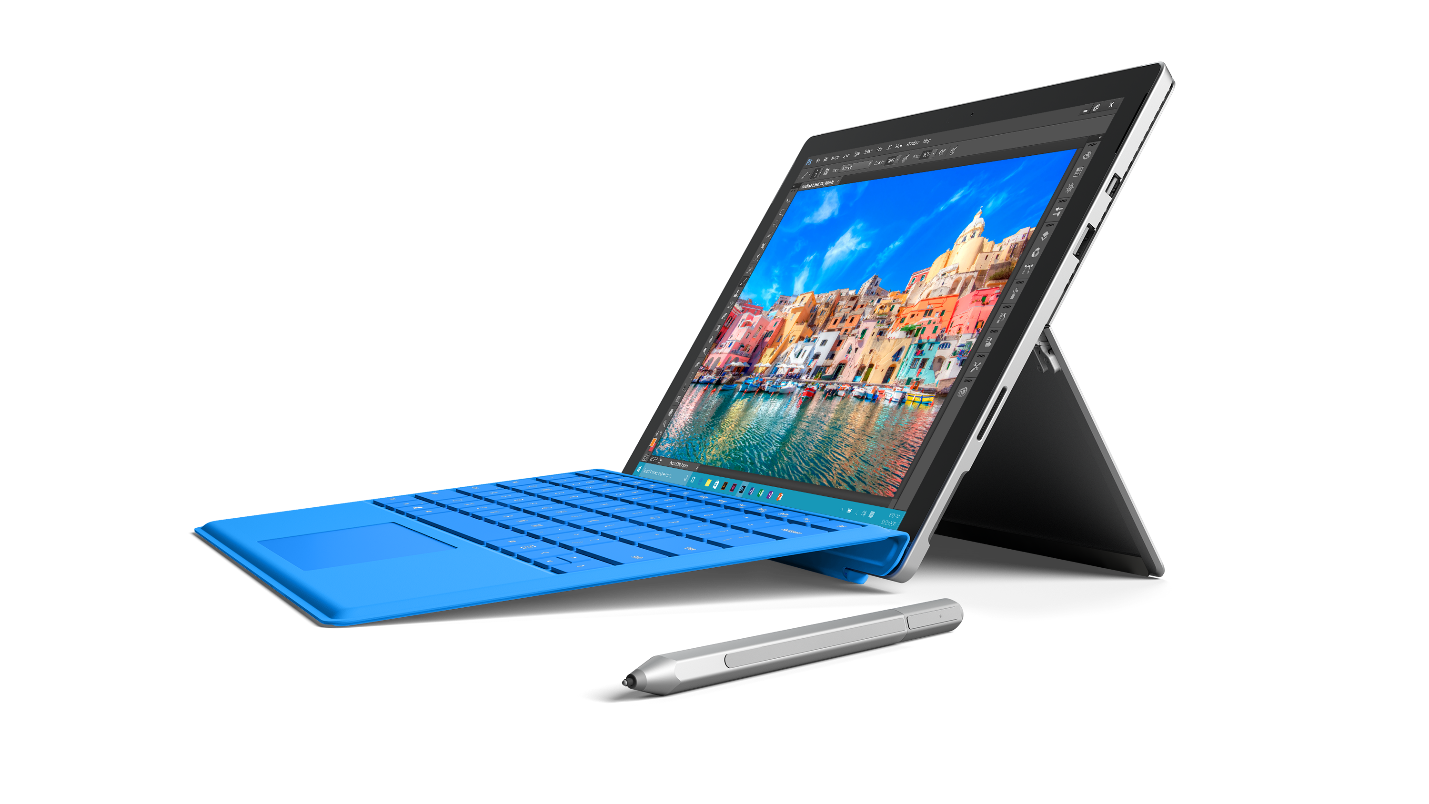

Microsoft has disappointed investors after its latest financial report missed expectations, despite growing demand for its cloud services.
Sales of Surface devices led to another poor performance from the company’s largest unit, its Personal Computing division, although overall profits did rise.
Under the leadership of CEO Satya Nadella, Microsoft has heavily invested in the fast growing cloud, but some may argue that it at the expense of mobile, as evidenced by Redmond’s brutal retreat from the sector and an ongoing lack of direction about its mobile intentions.
Microsoft however has performed strongly in its third quarter, with strong increases in both profits and revenues. For the period ending 31 March, Redmond posted a net profit of $4.8 billion (£3.7bn), up from $3.8 billion (£2.9bn) a year earlier.
Revenue meanwhile also jumped to $22.1 billion (£17bn) from $20.531 billion (£15.9bn) a year earlier. But this missed Wall Street expectations and its shares dipped.
The headline figures aside, the results showed how the cloud is helping Microsoft drive the growth in its share price.
Sales from its ‘Intelligent Cloud’ division which includes server products and the Azure cloud platform, Azure, rose an impressive 11 percent to $6.76bn ($5.2bn) in the quarter.
This was helped by a 93 percent rise in Azure revenue during the quarter.
“Our results this quarter reflect the trust customers are placing in the Microsoft Cloud,” said Satya Nadella. “From large multi-nationals to small and medium businesses to non-profits all over the world, organisations are using Microsoft’s cloud platforms to power their digital transformation.”
Meanwhile Office 365 commercial, Redmond’s cloud productivity software reached 100 million monthly active users as revenues rose 45 percent.
But there was less good news from Microsoft’s biggest unit, its Personal Computing division, which includes Windows software, Xbox gaming consoles, online search advertising and Surface devices.
This Personal Computing unit witnessed a 7.4 percent fall in revenue to $8.84bn (£6.8bn).
Analysts on average had expected revenue of $9.22bn (£7.1bn), so this was a bad miss, especially considering that IDC recently said worldwide PC shipments had risen 0.6 percent in the first quarter of 2017 (the first growth in nearly five years).
So what went wrong? Well, it seems that Surface revenue plummeted 26 percent to $831m (£642m), down from $1.3bn (£1bn) in the year-ago quarter.
This could be that buyers have held off buying Surface Pro 4 tablets with all the talk of an upcoming Surface Pro 5.
But also increasingly attractive offerings from rival PC makers may have had an impact as well.
Microsoft for its part blamed the decrease on lower phone revenue, hardly surprising considering Microsoft retreat from the sector and ongoing confusion about its mobile intentions.
Interestingly, the overall PC market did grow as IDC said, after Microsoft revealed that its Windows OEM revenue, a measure of licence sales from other PC makers (Dell, HP etc) rose 5 percent during the quarter.
OpenAI chief operating officer Brad Lightcap to oversee international expansion as company consolidates lead in…
Chinese researchers publish details on device that could wreak havoc on undersea communications cables in…
Former Intel chief Gelsinger expands role at Gloo, becoming executive chairman and head of technology…
MEPs add to Commission pressure for second EU Chips Act amidst industry calls for renewed…
Smartphone maker Xiaomi reportedly raises about $5.5bn in Hong Kong share sale as it invests…
BYD's Qin L EV sedan starts at about half the price of Tesla's Model 3,…